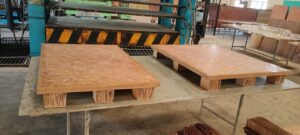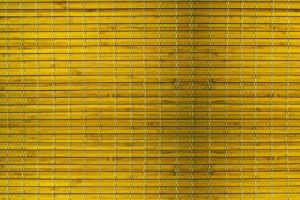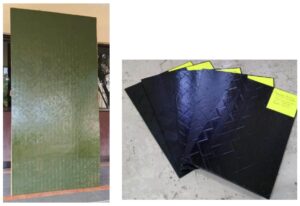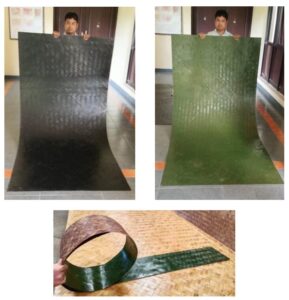1. Introduction
Bamboo utensils and cutlery manufacturing is an eco-friendly and sustainable business that caters to the growing demand for biodegradable alternatives to plastic. Bamboo is a fast-growing, renewable resource that provides durable, lightweight, and aesthetically appealing products. This project aims to establish a manufacturing unit for bamboo utensils and cutlery to meet increasing market demand.
2. Objectives
- To produce high-quality bamboo utensils and cutlery.
- To promote eco-friendly alternatives to plastic.
- To generate employment opportunities in rural areas.
- To establish a profitable and sustainable business.
3. Market Analysis
3.1 Demand Analysis
- Growing awareness of plastic pollution and environmental concerns.
- Government policies promoting biodegradable products.
- High demand from restaurants, cafes, hotels, and households.
- Export opportunities to eco-conscious markets.
3.2 Target Market
- Hospitality industry (hotels, restaurants, airlines, catering businesses).
- Retail sector (supermarkets, online stores, eco-friendly product retailers).
- Corporate sector (corporate gifting and bulk buyers).
- Individual consumers looking for sustainable alternatives.
4. Raw Material & Costing
4.1 Materials Required
| Material | Quantity (Per 1000 sets) | Cost per unit (INR) | Total Cost (INR) |
|---|---|---|---|
| Bamboo Sticks | |||
| Cutting & Polishing Tools | – | – | |
| Packaging Material | – | – | |
| Water & Utility Costs | – | – | |
| Labor (5 workers) | – | – | |
| Miscellaneous | – | – | |
| Total | – | – |
4.2 Production Process
- Bamboo Sourcing & Processing – Cutting, drying, and shaping.
- Carving & Polishing – Designing, refining, and smoothing the edges.
- Treatment & Sterilization – Ensuring food safety standards.
- Quality Control & Packaging – Inspection and eco-friendly packaging.
- Distribution & Sales – Supply chain and market outreach.
5. Financial Analysis
5.1 Cost Estimation
Fixed Costs
| Expense | Cost (INR) |
|---|---|
| Land & Infrastructure | |
| Machinery & Equipment | |
| Research & Development | |
| Initial Raw Material Stock | |
| Marketing & Branding | |
| Total Fixed Costs |
Variable Costs (Per 1000 Sets of Cutlery)
| Expense | Cost (INR) |
|---|---|
| Raw Materials | |
| Processing & Utilities | |
| Packaging & Transportation | |
| Miscellaneous | |
| Total Variable Costs |
5.2 Revenue & Profit Analysis
| Parameter | Value |
|---|---|
| Selling Price (Per Set) | |
| Revenue (Per 1000 Sets) | |
| Production Cost (Per 1000 Sets) | |
| Profit Per 1000 Sets | |
| Monthly Production Capacity | |
| Monthly Revenue | |
| Monthly Profit | |
| Annual Profit |
6. Break-Even Analysis
- Fixed Costs:
- Profit Per 1000 Sets:
- Break-even Point =
- Time to Break-even (at 10,000 sets per month) =
7. Sustainability & Environmental Impact
- Plastic Alternative: Reduces plastic waste and pollution.
- Biodegradable: 100% compostable and eco-friendly.
- Sustainable Material: Bamboo grows quickly and replenishes easily.
- Energy Efficient: Low energy consumption in manufacturing.
8. Challenges & Mitigation Strategies
| Challenge | Mitigation Strategy |
|---|---|
| Competition from Plastic Cutlery | Awareness campaigns and government support |
| Raw Material Supply Chain Issues | Partnering with local bamboo farmers |
| High Initial Investment | Seeking government grants and private investment |
| Market Penetration | Online marketing and strategic collaborations |
